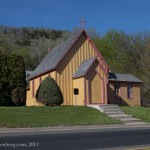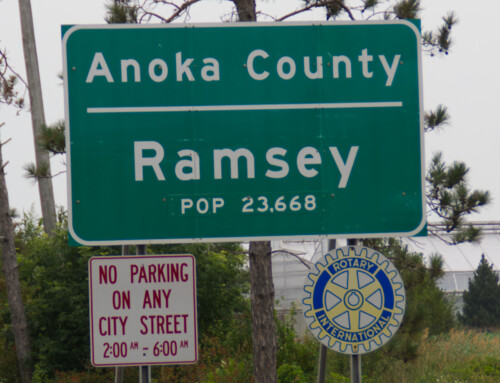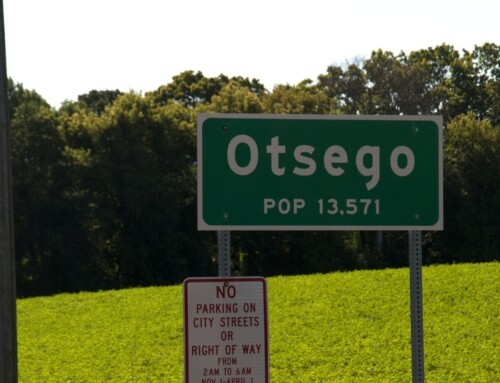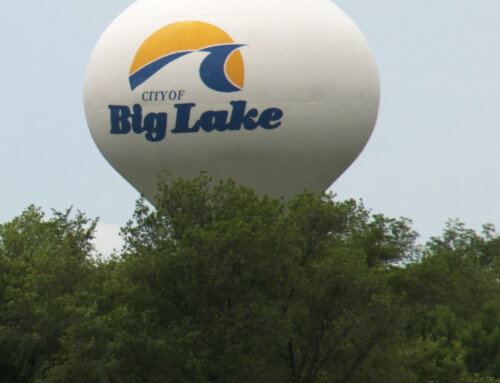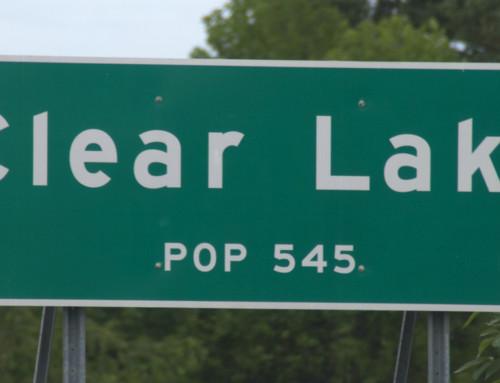Introduction
A classic river town that experienced a boom period fueled by great expectations, followed by the bubble bursting. Brownsville today is a pleasant small town that is still strongly connected to the river, albeit more for recreation than for economic reasons.
Visitor Information
Direct your questions to the Brownsville village office (104 N. 6th St.; 507.482.6732).
History
Job Brown went west from his birthplace in Yates County, New York in 1823. He worked the lead mines in Galena and served in the Mexican War before heading upriver and staking a claim at the base of Wildcat Bluff in 1848. According to an old history book, Job “…attained quite a notoriety as a reckless and desperate man, especially when under the influence of liquor, to the use of which he was moderately addicted.”
The area by Wildcat Bluff had a favorable location for a boat landing; slowly a small settlement grew among the scree. In 1854, Job, his brother Charles, and James Hiner platted a village they called Brownsville; I guess Hinerville didn’t have the same cachet.
From 1855 to 1856, the village’s population jumped from 50 to 228 and reached 806 by 1875. Early businesses included a grist mill, a sawmill, and a brewery. The basics. On July 4, 1855 the town celebrated Independence Day in a big way. Fred Gluck traveled to Iowa and bought an ox (which had been generously paid for by Mr. L.A. Smith). The ox was butterflied and cooked slowly over hot coals (along with a pig and other goodies). Charles Brown gave a speech, and a local citizen read the Declaration of Independence. The festival drew hundreds of people and a story in the local newspaper, but no one tweeted about the event or posted any pictures on their Facebook page.
Brownsville had a reasonably busy steamboat landing for a number of years and was connected by stagecoach to several area towns. A small pox epidemic in 1857 killed 16 people but folks forged ahead. Brownsville was another regional transit point for a while, especially for grain shipping. Given its location next to the Mississippi River, fishing, trapping, clamming, and ice harvesting supported many people.
In spite of its early promise, Brownsville never hit it big. Job Brown moved away by 1860, although he stayed close to the Mississippi River for much of the rest of his life. In 1868 he cleaned up his act, found Jesus, and became a preacher. His brother, Charles, who was generally regarded as a kind and generous man, especially to struggling travelers, had a mental breakdown and died in 1873 at the St. Peter Insane Asylum.
The town named after them never sustained much economic success. Fires took a toll on the old business district, which disappeared almost completely in 1950 when Minnesota Highway 26 was built; the business district now runs west from the river along a higher plateau. Brownsville settled into the role of a small river town. Today, most residents commute to work elsewhere.
Exploring the Area
The Church of the Holy Comforter (Main St.; 507.725.3884 or 507.482.6724) is a fine example of period design. The Gothic Revival church was inspired by Richard Upjohn’s 1852 book Rural Architecture. The building was completed in 1870 for an Episcopal congregation; the side room was used as sleeping quarters for visiting pastors. The small building served their needs until the fortunes of Brownsville declined; it was closed in 1924. From the 1930s to the 1950s, the building was home to the Emanuel Evangelical Lutheran Church, then closed again. In 1973 the Houston County Historical Society purchased the building and has been maintaining it since. The church is typically open to the public during Brownsville Days, but otherwise there are no regular hours; call to set up a visit.
Entertainment and Events
Festivals
Brownsville Days (June; 507.482.6732) is a small town festival with a parade and good-sized crowd that is sponsored by the local Lions Club.
**Looking for more places to visit along the Mississippi River? Check out Road Tripping Along the Great River Road, Vol. 1. Click the link above for more. Disclosure: This website may be compensated for linking to other sites or for sales of products we link to.
Where to Eat and Drink
Saxon Hall (702 Main St.; 507.482.4255) feels like a traditional German rathskeller but began life as a blacksmith shop; they make a good thin crust pizza.
Where to Sleep
Camping
Wildcat Park (Minnesota Highway 26; 507.482.6250; May–Sept) is a cramped campground with little shade, but, hey, it’s right next to the river.
Resources
Post Office: 508 Main St.; 507.482.6652.
Where to Go Next
Heading upriver? Check out La Crescent.
Heading downriver? Check out Reno.
Community-supported writing
If you like the content at the Mississippi Valley Traveler, please consider showing your support by making a one-time contribution or by subscribing through Patreon. Book sales don’t fully cover my costs, and I don’t have deep corporate pockets bankrolling my work. I’m a freelance writer bringing you stories about life along the Mississippi River. I need your help to keep this going. Every dollar you contribute makes it possible for me to continue sharing stories about America’s Greatest River!
©Dean Klinkenberg, 2011,2017
